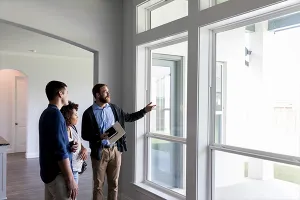The National Association of REALTORS® does research on a wide range of topics of interest to real estate practitioners, including market data, commercial, international, home buying and selling, NAR member information, and technology. Use the data they contain to improve your business through knowledge of the latest trends and statistics.
Reports by Category | Alphabetically
Advertisement
Research Update
See this month's summary of the data, reports, blog posts, and instant reactions produced by NAR's research team.









